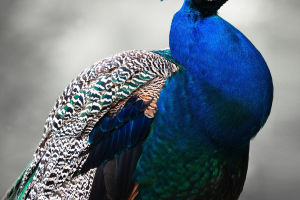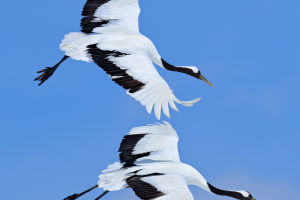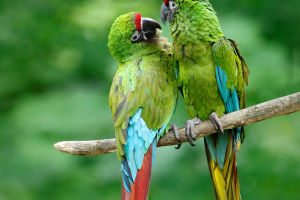According to the commonalities and respective characteristics of butterflies in terms of morphological characteristics, biological habits and evolution, entomologists divide butterflies into 4 superfamilies and 17 families. The following are the most famous types of butterflies.
1. Papilionidae
These butterflies are medium to large in size. The color of the wings is based on black, yellow and white, with red, blue, green, yellow and other markings, and some species show a bright velvet luster. The medial side of the tibia of the front foot has a large spine, and the end has a pair of symmetrical claws.
2. Serenidae
Most of these butterflies are medium in size. The body is densely hairy, and the tentacles and feet are scaly. Wings nearly round. The scales on the wing surface are sparse and translucent, with black, red or yellow markings, and the markings are mostly annular.
3. Paleidae
These butterflies are small to medium in size. The wing color is lighter, mostly white or yellow, with black spots, a few with red or orange spots, and the top corners of the forewings are often black. There is a mid-pad (suction cup) between the two claws at the end of the front foot of the adult white butterfly, so it can stay on the surface of smooth vertical objects such as upright glass.
4. Dandelidae
These butterflies are medium to large. The head is large, the antennae are slender, and the ends are slightly thickened. There are small white spots on the head and chest, and most of the wings are brightly colored, and some have flashes, and there are also white-winged types. Male butterflies have fragrant scales on the cubital veins of the front wings or the buttocks of the hind wings.
5. Ophthalmidae
These butterflies are mostly small to medium-sized butterfly species. The wing color is usually dark, mostly black or brown, and many species have eye spots, sometimes connected in chains, on the front edge of the forewings or hind wings, erected into tufts.
6. Nymphalidae
There are many types of butterflies in this class, mostly small to medium-sized butterflies. The tentacles of Nymphalidae are about 1/2 the length of the front edge of the forewings, and the ends are obviously thickened and scaly. The color and markings of the wings vary greatly, and the colors are rich. Both female and male forefeet are degenerated, have no claws, are often retracted under the front chest, and do not participate in walking.
7. Clamidae
This class is similar to the species of the gray butterfly family, it is divided from it, and it is a small butterfly species. The color of the wings is mainly red, brown and black, decorated with white markings, and the color and markings on the front and back of the two wings are similar. The hind wings do not have a caudal process, the shoulder angle is thickened, and there is often a shoulder vein. The male forefoot is degenerated, with no shrinkage, the end is a tarsus, and the claws are completely degenerated; the female forefoot is normal.
8. Grey Butterfly
This class of butterflies is a small butterfly species. The front of the wings is mainly gray, brown, black and other colors. Some species have bright and dazzling purple, blue, green and other colors on the surface of the wings. The colors and markings on the front and back of the wings are completely different, and the colors on the back are colorful, the markings are also varied. The hind wings are often caudal.


